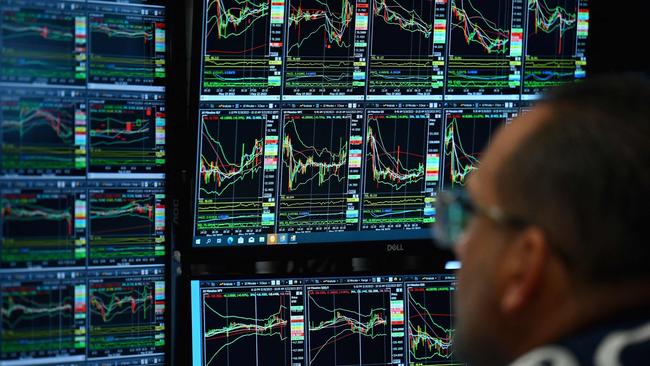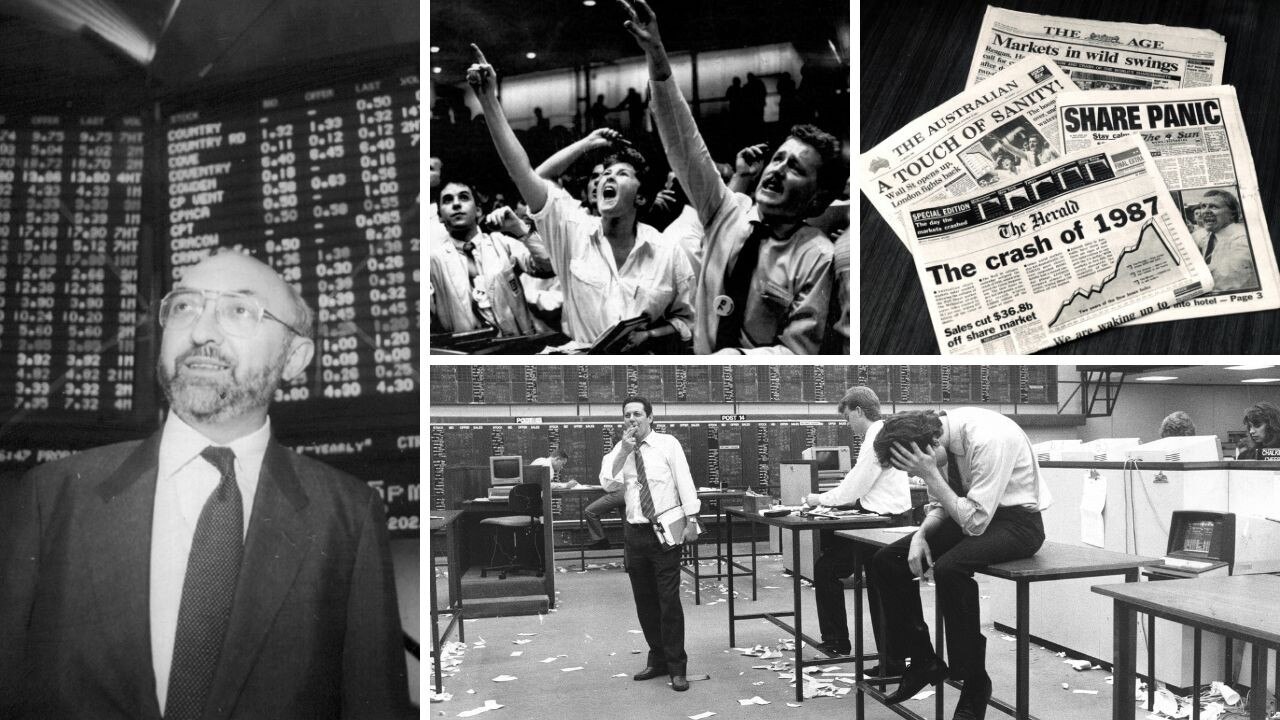Rating good and bad news on the sharemarkets
There’s a sort of weird, hyper-nervous optimism on Wall St and it’s all about guessing when the Fed will stop lifting rates, and then switch to cuts.

Terry McCrann
Don't miss out on the headlines from Terry McCrann. Followed categories will be added to My News.
There’s a sort of weird, sort of hyper-nervous – I write the next word with some considerable
trepidation – optimism on Wall St.
Investors are seemingly desperate to push the market higher; yet then immediately change their collective – for want of a better word – minds when they do.
So, day to day we see it playing out with big surges on some ‘good news’ statistic, like with jobs last Friday, and very likely with inflation next week.
But then, there’s an immediate change of mind: the market immediately starts backtracking down.
Or we get the reverse: persistent if unenthusiastic buying sends the Dow dribbling higher over a week, over a month; only for a ‘bad news’ number to whack it straight back down again.
To explain and to stress, in this context a ‘good news’ statistic is one that signals bad news for the US economy; and vice versa with a ‘bad news’ statistic.
It’s all about guessing when the Fed will stop lifting rates, and then switch to cuts – and how quickly and how far it will then cut.
So the ‘badder’ the news, the ‘gooder’ it is for Wall St.
Bluntly, the ‘smartest and greediest guys in the room’ are salivating for a really savage recession; why they might then even get really ‘lucky’ and see the Fed cut rates back to zero. Or at least back into the ‘2s’.
The net effect of all this has seen Wall St trade broadly sideways since early 2021 – from back around when the ‘Covid recovery’ surge was starting to run out of steam.
More specifically, that’s the Dow – around 33,800 in April 2021 to just shy of that at 33,700 now.
The tech-heavy Nasdaq kept surging all through 2021.
It went from just 7000 in March 2020 when we were all going to die, to peak at 16,000 in November 2021, when we were still going to be spending the rest of existence watching Netflix, ordering stuff on Amazon, and only communicating with other humans via Zoom, Facebook and WhatsApp.
Except of course, by then, by late 2021, we weren’t. Even Chairman Dan was finally prepared to let Victorians out of their homes.
And perhaps even more surprisingly, they were actually prepared – even desperately enthusiastic – to emerge; like survivors in those post-nuclear war black-and-white movies from the 1950s did, crawling out from underground.
After peaking, and in contrast to the rest of rate-sensitive Wall St, the Nasdaq slid all the way through 2022, dropping to around 10,000.
But this year it has rejoined the rest, coming back to 13,000.
Our entirely derivative, tech-lite market has all but exactly tracked the Dow. It was 7000 in May 2021 and is 7000 now, with the same hyper-nervous day-to-day and week-to-week trading dynamics.
To stress, what our Reserve Bank does about our interest rates is irrelevant. It’s all about Wall St and the Fed.
Unlike our RBA and the one pause in April, the Fed has raised at every meeting since it started hiking in March last year.
This adds to the ‘hyper’ going into every meeting; it means on the day it finally does pause, Wall St will go nuts in the last two hours of trading.



